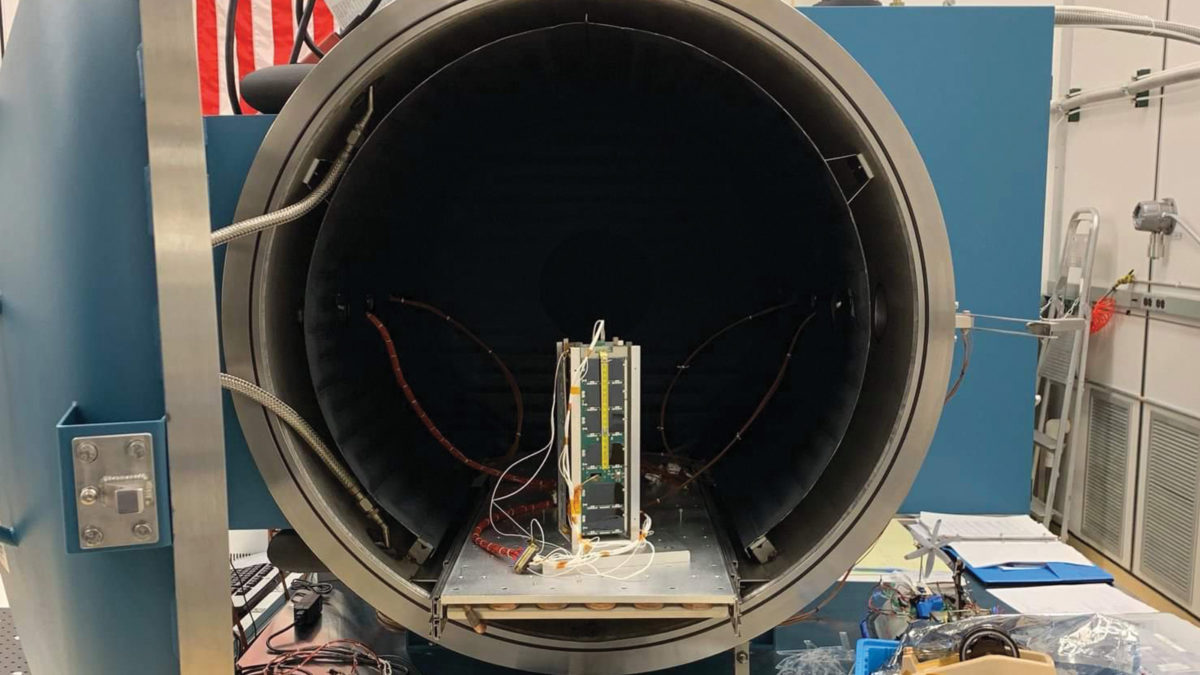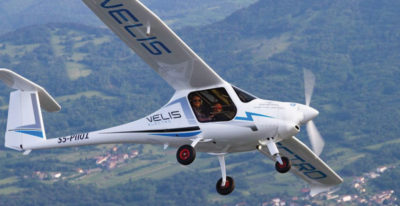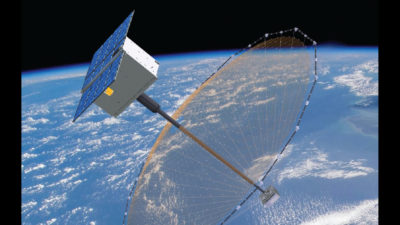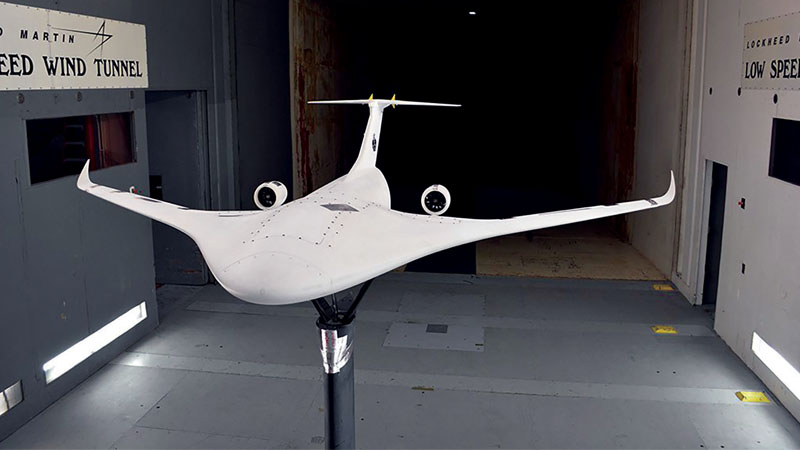Space tethers to demonstrate propellantless propulsion, deorbiting satellites
By Sven G. Bilén|December 2019
The Space Tethers Technical Committee focuses on the development and use of tether-based technology for space systems.
In June, a SpaceX Falcon 9 Heavy rocket launched into orbit the Tether Electrodynamic Propulsion CubeSat Experiment, a U.S. Naval Research Laboratory mission to investigate electrodynamic-tether propulsion. In orbit, TEPCE was to divide into two 1.5-unit cubesats connected by a 1-kilometer-long conducting tether. When current flows through the tether, it pushes against the Earth’s magnetic field to generate drag thrust. TEPCE is instrumented to help understand tether deployment and dynamics and the surrounding plasma environment of its orbit.
The E.T.PACK project, short for Electrodynamic Tether Technology for the Passive Consumable-less Deorbit Kit, kicked off in March with three years of funding from the European Commission. Led by Universidad Carlos III de Madrid, E.T.PACK’s team includes six European institutions that will develop over the next three years the first proof-of-concept low work-function tether, a novel type of electrodynamic tether with a specialized coating that enables natural thermionic and photoelectric emission of electrons. The low work-function tether promises fully passive electrodynamic deorbiting technology. E.T.PACK’s overall goal is to develop a prototype deorbit kit and related software based on the tether technology.
In August, Virginia-based TriSept Corp., California-based Rocket Lab and California-based Millennium Space Systems announced Dragracer, a mission to demonstrate electrodynamic-tether technology to deorbit satellites. Once in orbit, Dragracer will split into two satellites, with one unfurling Tethers Unlimited’s Terminator Tape, a conductive tether designed to produce drag to lower the satellite’s orbit. The other will reenter normally. Hence, Dragracer will be able to compare how the electrodynamic tether increases drag and shortens on-orbit lifetime. It is predicted the satellite with the tether will reenter Earth’s atmosphere in two to four weeks, whereas the other satellite without a tether will remain in orbit for eight months to a year.
At the beginning of October, a team led by York University in Toronto was on track to finalize its Deorbiting Spacecraft using Electrodynamic Tethers payload for delivery to Texas-based NanoRacks for launch from the International Space Station in 2020. The payload comprises two 1U cubesats connected via a 100-meter-long conducting bare-tape tether. Once in orbit, the two cubesats will separate, deploying the tether to determine its effectiveness as a deorbiting device. After observing the deployment dynamics, a Spindt-array cathode will be enabled, which will nominally result in system reentry within a few days. The entire mission duration is expected to be less than six months.
In July, the University of Michigan completed fabrication of the Miniature Tether Electrodynamics Experiment-1, or MiTEE-1, 3U cubesat and completed vibration testing after environmental screening. MiTEE-1 is expected to fly on Virgin Orbit’s Launcher One’s second flight in early 2020 as part of NASA’s Educational Launch of Nanosatellites program. For this first mission, MiTEE-1 was to use no tether but instead a deployable, rigid, 1-meter boom to measure the electrodynamics of electron current collection to a pico-/femto-scale satellite endbody (satellite mass up to 200 grams) in the Earth’s ionosphere using a 200-volt variable bias power supply. The cubesat also uses an electron beam filament source to emit electrons in to the ionosphere that is characterized by a miniature Langmuir probe instrument.



































